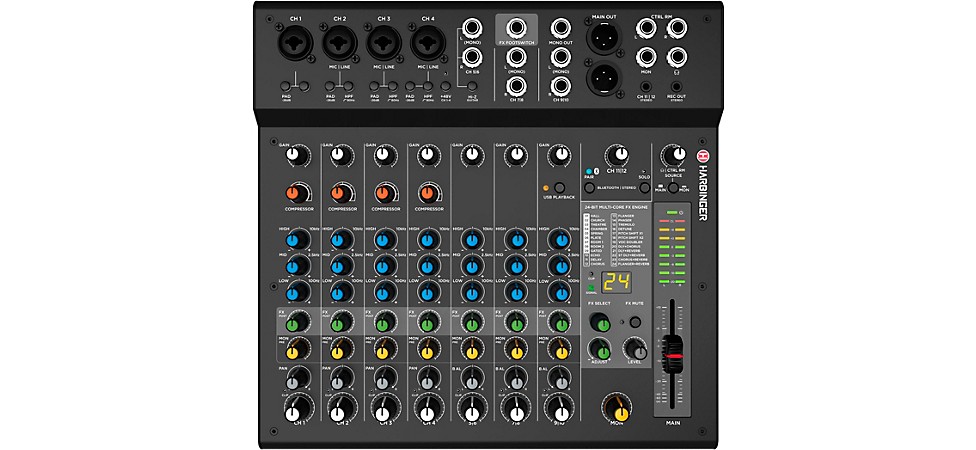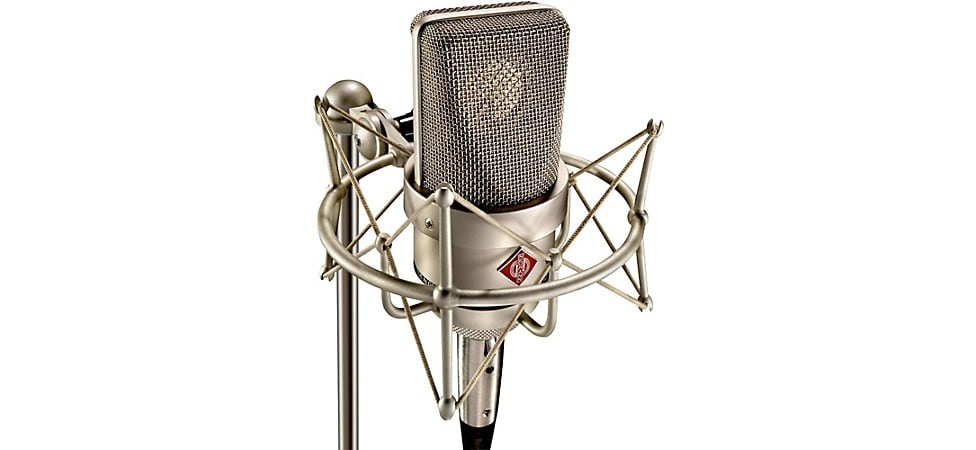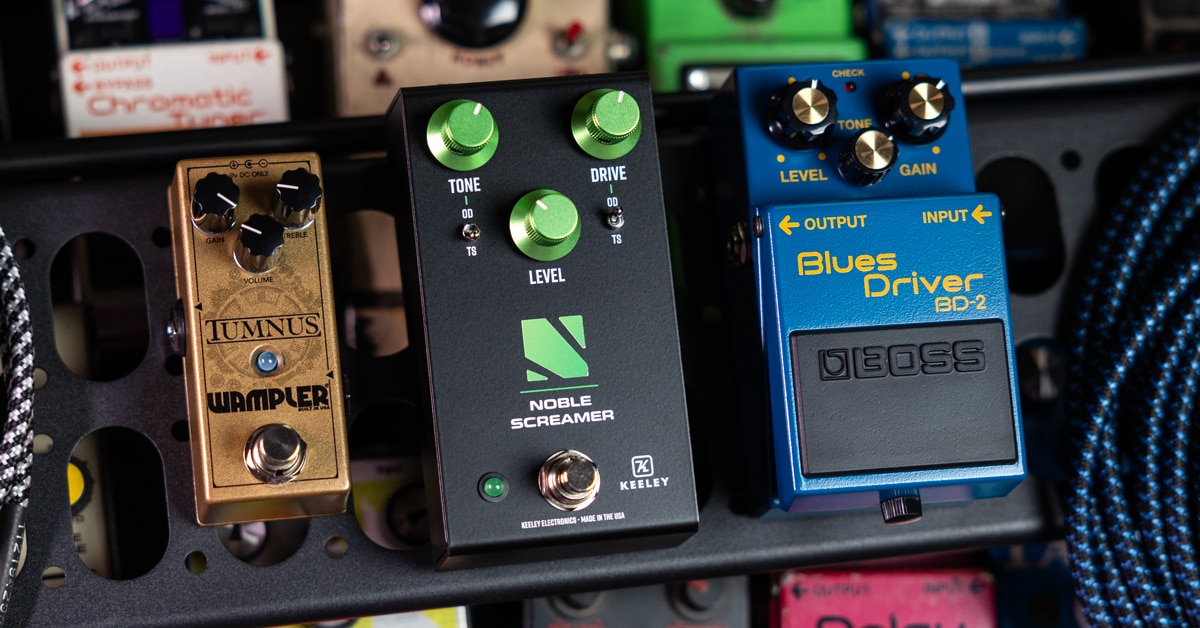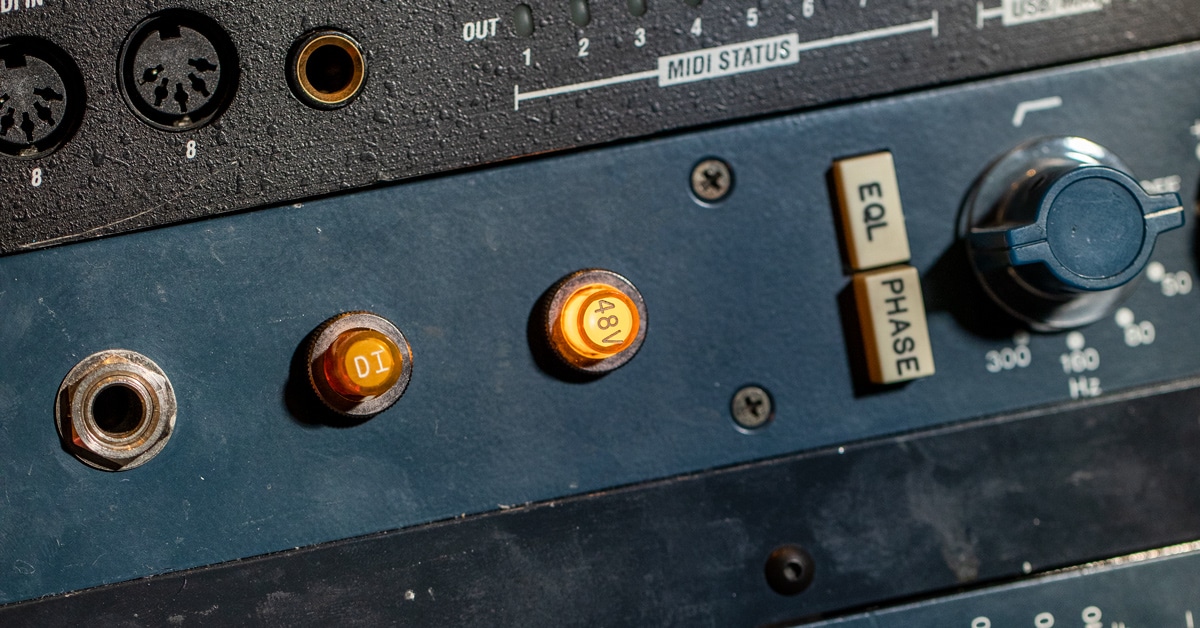If you're relatively new to the world of pro audio gear, you see it everywhere: "Phantom-power compatible," "phantom powered," "requires phantom power," and sometimes, "do not use with phantom power." What does that mean? In this article, we're going to take a look at what phantom power is, how it works and why it's important, as well as providing some tips about how to make sure you're getting the best results when you need it.
Table of Contents
What Is Phantom Power?
How Does Phantom Power Work?
Why Do You Need Phantom Power?
Do's and Don'ts of Phantom Power
What Is Phantom Power?
So, what is phantom power? As you might suspect from the name, it's a way of remotely powering gear in a way that is "invisible" in that it has no effect on the audio signal that's traveling over the same cable. Early condenser mics used separate, bulky power supplies with cables that had up to seven pins and conductors. The phantom power system that we use today was developed in the 1960s to deliver power, usually +48VDC, over a standard balanced 3-pin XLR cable. Originally intended for condenser mics (see our article on How Condenser Mics Work), its use has expanded to cover other devices, such as active dynamic and ribbon mics, active direct boxes, remote mic preamps and mic boosters. Phantom power is available from most modern audio interfaces, recording consoles, live sound mixers, stand-alone power supplies (in case you have an older mixer or interface that doesn't provide it) and many portable recorders. If you use a USB mic, it’s phantom powered, too, just over the USB connection, but it also has a build in analog-to-digital converter (ADC) and the 5VDC power is an exception to the phantom power we’re talking about in this article.
How Does Phantom Power Work?
Whether you're using a stand-alone phantom power supply, like the Radial Engineering StageBug SB-48, phantom power from a mixer, like the Harbinger LX12, or an audio interface, like one of the Universal Audio Volt series, phantom power works the same. A DC voltage—typically +48V, though it can also be +12V, +24V or some other voltage in the range from +11–+52VDC—is applied across the conductors in the shielded, three-wire XLR cable. The standard circuit (if you're curious, you can find all the gory details in the IEC 61938 specification) feeds the positive voltage to conductors 2 and 3 through a pair of resistors and uses pin 1 (shield) as the ground. Since the audio signal itself is sent on conductors 2 and 3, and the voltage potential between those measures as 0V, this means that the power will have no effect on the audio signal.

Pictured: Harbinger LX12 12-Channel Mixer
Why +48V? Is there some special, magical virtue to that voltage? There is, as it turns out, no real engineering reason for that voltage. When Neumann supplied the first of a new generation of solid-state condenser mics to national Norwegian radio (NRK) in 1966, the request had been that the mics be phantom powered. The mics needed to be able to run from the existing power supply that was already installed in Norwegian radio stations for lighting systems, which happened to be +48V. So, like the line of descent that has modern railroad track spacing being—if you dig back far enough—based on the axle width of Roman chariots, the principal phantom power standard is based on what lights NRK had decided to use in their radio stations.
Why Do You Need Phantom Power?
As we can see, if you've bought a mixer or an audio interface, you've got phantom power available. So, how will you incorporate it into your musical workflow? If you've got any condenser mics, like a Neumann TLM 103 or an Audio-Technica AT2020, it's how you'll power the mic’s internal preamp and provide a bias voltage for the condenser element. These days it's not just for condensers, though. There are an increasing number of ribbon mics that are "active" (i.e. have internal preamps that require power), like the Sterling Audio ST170 and the AEA R84A. There are also active dynamic vocal mics like the Sterling P30. Since dynamics and ribbons tend to be slightly lower output than condensers, the built-in preamps of the active versions make matching gain from mic to mic in your setup much easier. If you've got passive mics that need a little extra gain so you don't have to work the mic preamps in your board too hard, mic boosters, like the sE Electronics DM-1, Cloud Cloudlifter or Royer dBooster, provide the necessary gain and run off phantom power. There are also active D.I. boxes, like the Radial J48 or the Warm Audio version, that add an extra punch to acoustic guitars and basses that are running direct.

Pictured: Neumann TLM 103 Condenser Microphone
Do's and Don'ts of Phantom Power
Finally, here are a few tips for what to do and (possibly more important) what not to do when using phantom power.
Do:
- Connect mics and other active devices before turning on the board and turning on phantom power. This eliminates the possibility of somehow shorting power when you plug in a cable.
- Turn down channel and master volumes before turning phantom power on or off. This eliminates the possibility of a loud "pop" when the mic powers up that could damage drivers in your speakers.
Don't:
- Never apply phantom power to channels with passive dynamic or ribbon microphones unless absolutely unavoidable (as with systems that apply phantom power to all channels or blocks of channels rather than individual channels). Generally dynamic mics and modern ribbons won't be hurt by phantom power, but, if you want to be sure it's safe, see the next tip.
- Never "hot plug" (i.e. connect a mic cable while phantom power is active) mics or other active devices. While modern ribbon and dynamic mics are generally fine with phantom power if it's turned on after the mic is connected and turns off before the mic is disconnected, some older mics and mics that don't use an internal transformer can be damaged. If you need to use a passive mic and you can't turn off phantom power for that channel, use an in-line mic booster or isolation transformer to keep the phantom power from reaching the microphone. A mic booster has the added benefit of giving you better control over your gain structure.
- Never connect or disconnect mics while the phantom power is on. There's always the possibility for a short when you do this, and almost 100% probability of a loud "pop" that can damage speakers and high-frequency drivers.
- Never crosspatch mics in a patchbay when phantom power is on. A TRS plug, as it's pushed into a jack, will momentarily send the phantom voltage across every conductor, potentially damaging delicate electronics.
Now that you know what it is, how it works and how to use it, it's time to get out there and make some music.










